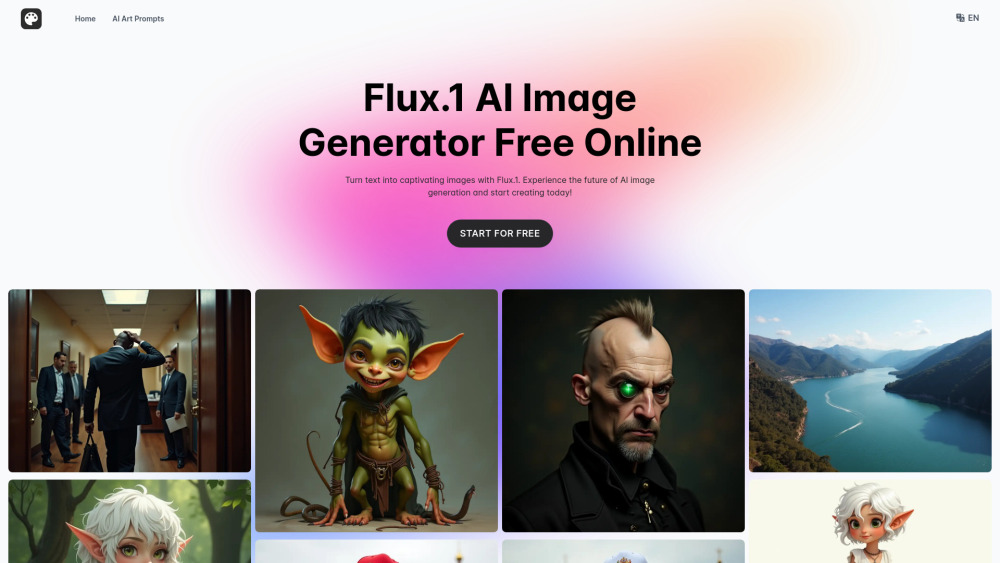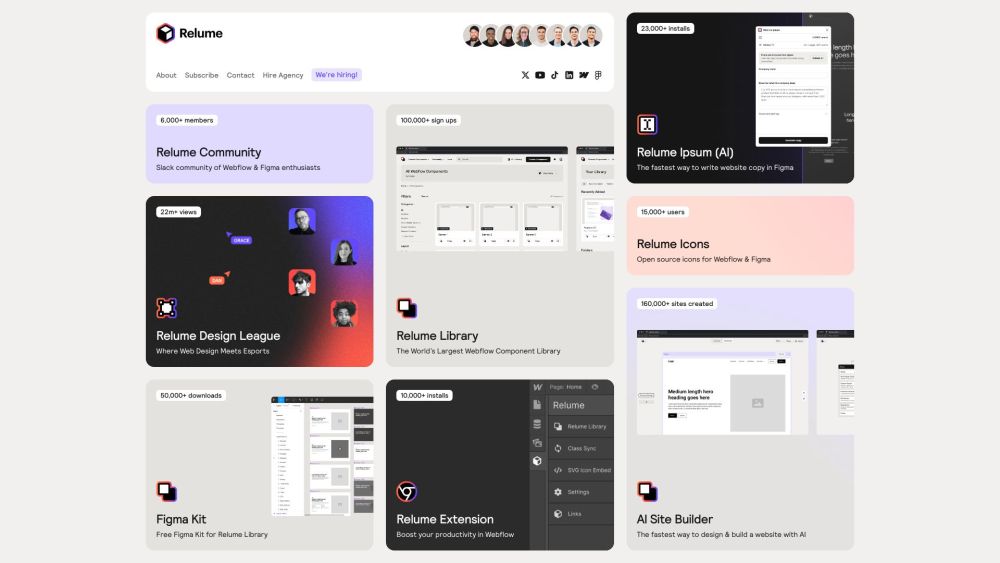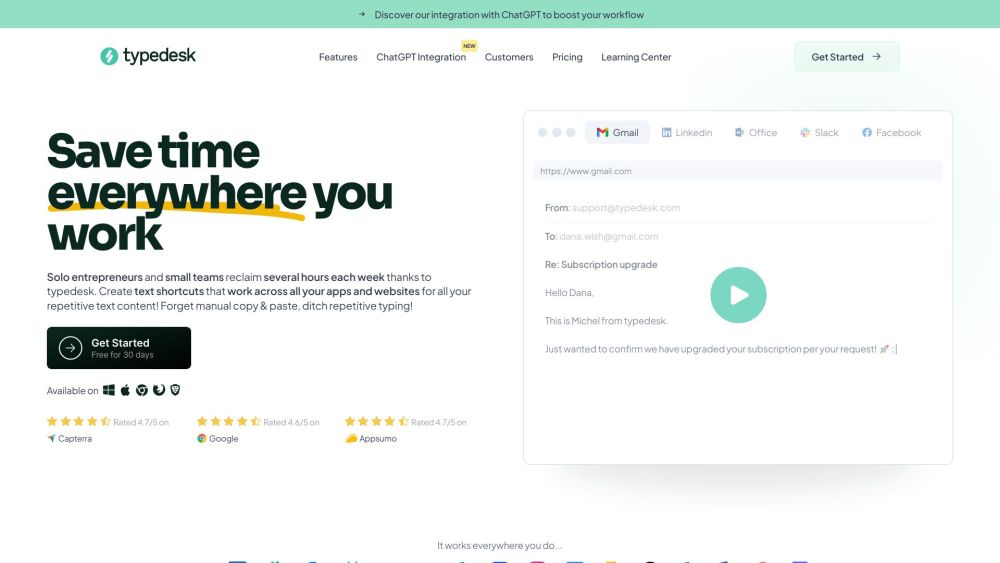YouTube announced on Thursday the launch of a new suite of AI detection tools aimed at protecting creators, including artists, actors, musicians, and athletes, from unauthorized use of their likenesses—such as their faces and voices—in other videos. A significant element of this new technology is the enhancement of YouTube’s existing Content ID system, which currently identifies copyright-protected material. This enhancement will feature new synthetic-singing identification technology designed to recognize AI content that mimics an individual’s singing voice. YouTube also plans to develop further technologies to detect when a person's face is synthesized using AI.
Additionally, YouTube is currently exploring solutions to combat the use of its content for training AI models. This issue has long frustrated creators, who have voiced concerns about companies like Apple, Nvidia, Anthropic, OpenAI, and Google using their material without permission or compensation.
While YouTube has not detailed its strategy for protecting creators or generating additional revenue from AI training, it has acknowledged that solutions are in development. “We’re creating new ways to give YouTube creators control over how third parties may use their content on our platform. We will share more later this year,” said the announcement.
The company seems to be following through on its commitment from last year to devise a compensation system for artists whose work contributes to AI-generated music. At that time, YouTube began collaborating with Universal Music Group (UMG) and its talent to formulate a solution. The plan involves expanding the Content ID system to identify which rights holders should receive payment when their work is used in AI music. YouTube mentions that its existing Content ID system handles billions of claims annually and generates substantial revenue for creators and artists.
In the latest announcement, YouTube did not address the compensation aspect for AI music but indicated it is close to piloting the expanded Content ID system with a focus on this matter. Starting early next year, YouTube will test the synthetic-singing identification technology in collaboration with its partners.
Another initiative in the early stages includes a mechanism that will enable high-profile individuals—like actors, musicians, creators, and athletes—to detect and manage AI-generated content that features their likenesses on YouTube. This tool aims to prevent misuse of one’s image, whether for unauthorized endorsements or spreading misinformation. YouTube did not specify when this feature would be ready for testing, stating only that it is actively in development.
“As AI advances, it should enhance human creativity, not supplant it. We are dedicated to partnering with our community to ensure future innovations amplify their voices while we establish guidelines to address concerns and achieve shared goals,” YouTube emphasized in their announcement.





